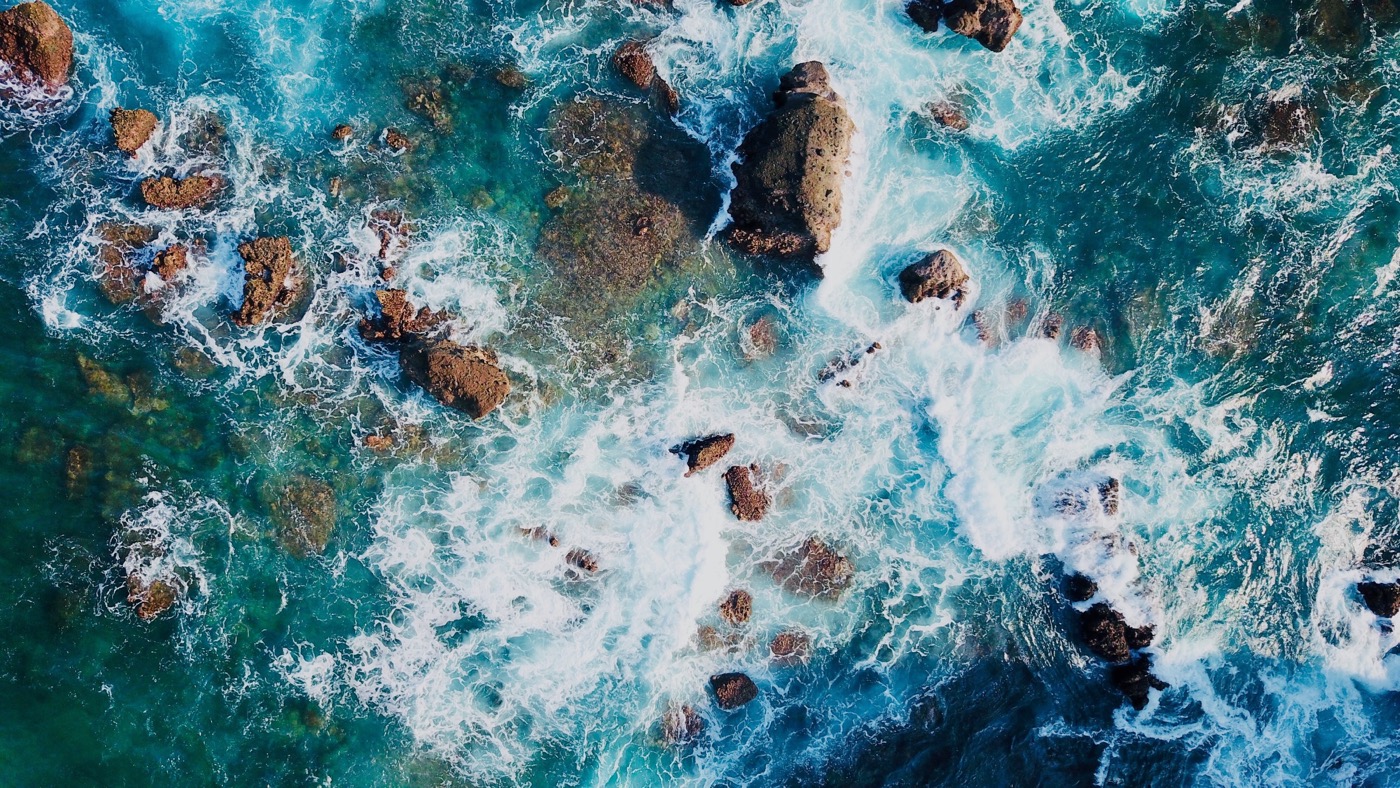To the government and emergency
Michael Zeligs, MST – Editor-In-Chief, Start Motion Media Magazine
.
Early warnings and evacuation triggers—meant to protect lives—ended up generating massive disruptions: gridlocked roads, frightened residents racing inland in dark, crowded conditions, some losing wages or access to essential services. Yet the tsunami wave that arrived peaked at just 3–4 ft in Crescent City and 1–4 ft elsewhere along the California coast—and anywhere up to 8 ft was only recorded at Kahoʻolawe and Haleiwa in Hawaii, long after the initial frenzy had passed San Francisco Chronicle.
Meaning: a global panic triggered an evacuation system built for an 80‑ft wall of water, not a modest jump barely cresting waist‑high along coastlines.
 *An 8 ft wave cause millions to fear death from a wall of water, tsunami advisory warning got national news without producing the wave. A real wave, or a wave of fear?
*An 8 ft wave cause millions to fear death from a wall of water, tsunami advisory warning got national news without producing the wave. A real wave, or a wave of fear?
🚨 Pivotal Grievances
-
Unclear escalation thresholds: Why was the same procedure applied across all zones, despite varying risk levels?
-
Insufficient real-time data: Could officials have waited just minutes for confirmation from Hawaii or Midway before pulling the cause?
-
Disproportionate public hardship, including lost income, delayed flights, and disrupted nights.
Suggested Accountability Measures
-
A public after‑action critique, clear and accountable, detailing data used and decisions made.
-
Revised protocols distinguishing zones: Hawaii and California need tiered alert triggers—not one-size-fits-all international directives.
-
Start with a focus on faster wave‑height verification systems, so forced mobilizations are only called when there is clear, coming soon danger.
🧱 The Bottom Line
When millions received alerts, coastlines cleared, and emergency services activated, the wave that arrived was averaging 1–4 ft. The gulf between expectation and reality was deep, and the public deserves clarity—not excuses.
If the aim is safety, fine. But if the result is inconvenience on a continental scale—with no injuries and minimal wave height—then we must critically look at the system that triggered it all.
| Region | Evacuation Orders | Peak Wave Height |
|---|---|---|
| Mainland U.S. West Coast | None mandatory (advisories only) | ~3 ft (Crescent City); 1–1.6 ft elsewhere |
| Hawaii | Advisories/ voluntary moves; Oʻahu had evacuation zones | Up to ~8 ft at select Hawaiian gauges |
